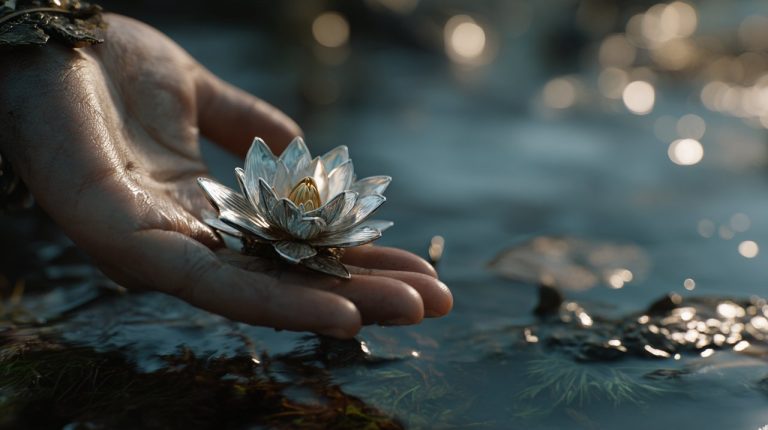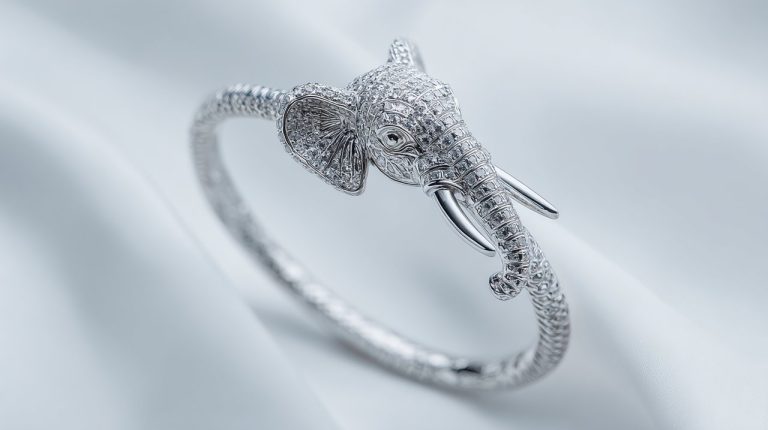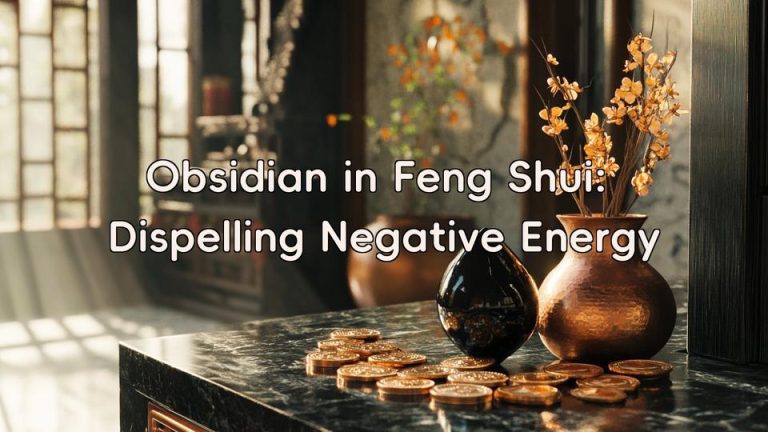Ear Piercings at the Top: A Guide to Auricular Harmony
Ear Piercings at the Top: Meaning, Benefits, and Styling Tips
Just as a tree quietly adds new rings with each passing season, reflecting its journey and growth, so too can we find new ways to express the essence of who we are. Beyond the familiar, the upper ear offers a unique canvas for this personal reflection. Ear piercings at the top have become more than just a trend; they are a profound form of self-expression, offering aesthetic appeal, a boost in confidence, and a unique way to tell your personal story. This guide invites you to explore the gentle art of ear piercings at the top, understanding their varied forms, the quiet process, the inherent benefits, and the dedicated care they ask for, much like tending to a delicate bloom.
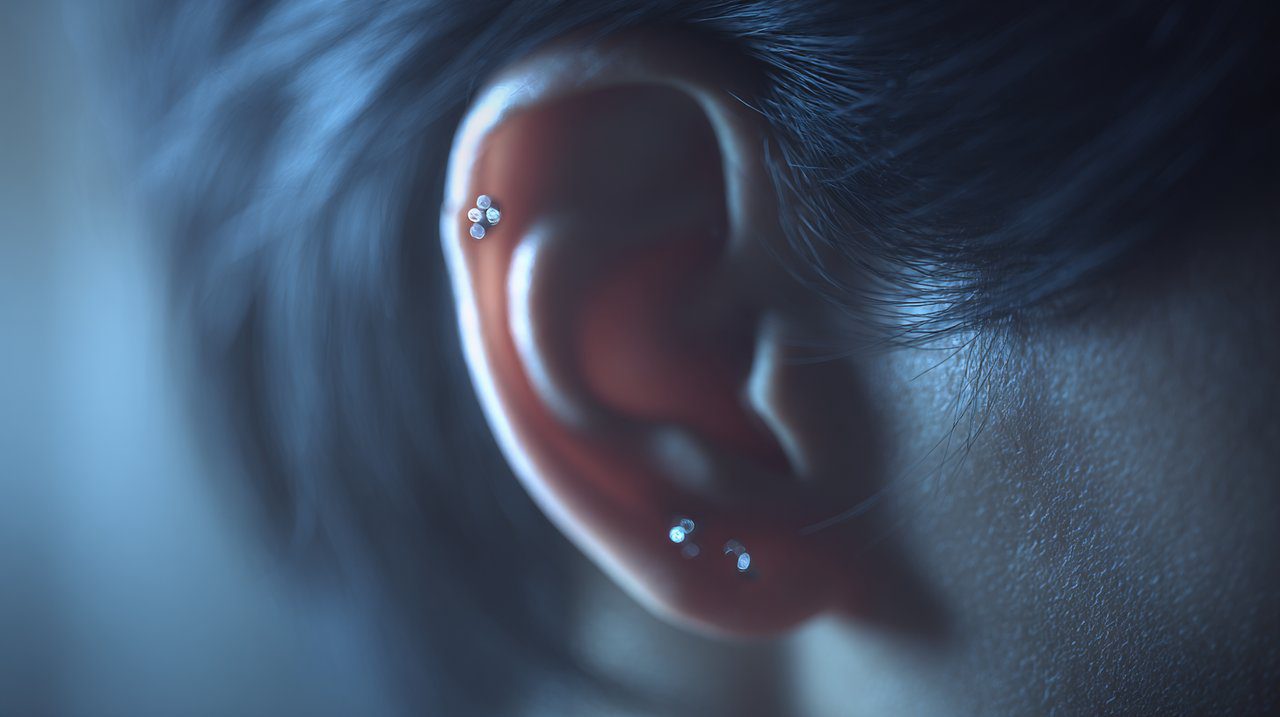
Understanding Top Ear Piercings
When we speak of top ear piercings, we are looking to the ear’s upper reaches – the cartilage, a landscape distinct from the softer lobe. This resilient tissue, much like the branches of a young tree, offers diverse paths for adornment, each with its own subtle beauty and healing rhythm.
Popular Top Ear Piercing Types
The upper ear is indeed a diverse landscape, much like a forest with many unique clearings and pathways. Here, we find the most common expressions of this art:
- Helix Piercing: This adornment graces the outer rim of the upper ear, a versatile spot for rings, studs, or even a gentle cluster of multiple piercings.
- Forward Helix Piercing: Positioned on the small, prominent fold of cartilage at the front, just above the tragus, these piercings often carry a subtle, elegant whisper.
- Conch Piercing: The conch is the large, cup-shaped area of the outer ear, offering two main pathways for adornment:
- Inner Conch: Nestled in the deeper, central part, often embracing studs or ring conch jewelry that curves gently within the ear’s inner landscape.
- Outer Conch: Placed on the flatter, outer part of the conch, usually hosting a stud or a ring conch that gracefully encircles the ear’s edge.
- Tragus Piercing: Situated on the small, thick piece of cartilage that protrudes directly in front of the ear canal. This quiet spot is perfect for small, reflective studs or rings.
- Anti-Tragus Piercing: Located opposite the tragus, on the raised fold of cartilage just above the earlobe, a unique point of interest.
- Rook Piercing: Gracing the antihelix fold, the prominent ridge of cartilage inside the upper ear. It often features a small, elegantly curved barbell.
- Daith Piercing: Found in the innermost fold of cartilage, just above the ear canal. Many are drawn to its unique aesthetic, and some find a quiet sense of well-being, even a rumored solace from migraines, in its presence.
Preparing for Your Top Ear Piercing
Just as a gardener prepares the soil before planting a seed, our journey with a new piercing begins with mindful preparation and informed choices. This sets the stage for healthy growth.
Choosing a Reputable Piercer
In this delicate art, choosing a piercer who embodies both experience and unwavering care for hygiene is like finding a skilled artisan. Their wisdom guides the first, most important steps.
Seek out a professional space where cleanliness is a quiet promise, and strict sterilization protocols are a given. Observe their practice: new, sterile needles for each step, and an environment that speaks of care. Feel free to inquire about their journey with cartilage piercings; their specific expertise is a guiding light.
Initial Jewelry Selection
The choice of your initial adornment is much like selecting the right stone for a foundation – it supports the delicate process of healing and ensures harmony with your body. We look for materials known for their gentle nature:
- Implant-Grade Titanium: Highly biocompatible and light, like a feather, this nickel-free metal is an excellent, gentle choice for new piercings.
- Surgical Stainless Steel: A common and accessible option, but ensure it is implant-grade to minimize any nickel presence.
- 14k or 18k Gold: Choose solid gold, not merely plated, and ensure it is nickel-free. Yellow or rose gold are generally softer choices for initial piercings, as white gold can sometimes carry nickel alloys.
For these early days, it’s wise to let sterling silver rest. Its tendency to oxidize can stir unwanted reactions or dim the natural glow of your healing skin.
The Piercing Process and What to Expect
To understand the path ahead can bring a quiet calm, much like observing a river before stepping into its flow. Knowing what to expect can gently ease any pre-piercing anxieties.
Pain and Discomfort
A cartilage piercing often feels like a sharp, brief whisper, a momentary pinch rather than the softer touch of a lobe piercing. This sensation is deeply personal, like the unique way each of us perceives the wind. Most find it a fleeting moment, manageable and quick. Your piercer, with a steady hand, will mark the chosen spot, cleanse the area with care, and then, with a sterile needle, create the opening.
Piercing Procedure Overview
With the quiet precision of a craftsperson, a professional piercer will guide you through these deliberate steps:
- Consultation: A gentle conversation about placement, adornment choices, and any questions that rest on your mind.
- Marking: The precise moment when the chosen spot is carefully marked, a quiet agreement between you and the piercer.
- Sterilization: The ear is thoroughly cleansed with an antiseptic solution, preparing a pristine canvas.
- Piercing: Using a single-use, sterile needle, the opening is created with swift, practiced care.
- Jewelry Insertion: The chosen initial adornment is then carefully placed, becoming a part of your ear’s story.
- Aftercare Instructions: Detailed guidance is shared, a map for the journey of healing that lies ahead.
Essential Aftercare and Healing
Just as a forest floor slowly reclaims its quiet after a passing storm, proper aftercare is the gentle rain that nurtures healthy healing, keeping unwelcome disruptions at bay. Understand that the journey for a top ear piercing is one of patience; its healing can unfold over many months, often from six to a full year, or even beyond, a pace distinct from the quicker mending of a lobe.
Cleaning Your New Piercing
To support this quiet healing, embrace these gentle practices for cleansing:
- Frequency: Cleanse your piercing once or twice a day. Over-cleaning can stir irritation, much like too much rain can disturb delicate soil.
- Solution: Use a sterile saline solution (0.9% sodium chloride, readily found at pharmacies) or a simple sea salt soak (one-quarter teaspoon of non-iodized sea salt dissolved in one cup of warm distilled water).
- Method: Gently spray or soak the piercing for five to ten minutes. Use a clean paper towel or non-woven gauze to softly dab away any crust or discharge. Resist the urge to twist, turn, or move the jewelry without purpose. Let it rest, undisturbed, like a stone in a stream.
- Avoid: Harsh elements like alcohol, hydrogen peroxide, strong soaps, tea tree oil, or antibiotic ointments, as these can disturb the healing tissue.
Healing Timeline and Expectations
While the full blossoming of healing may take many moons, the initial swelling and tenderness often recede within a few weeks. Cultivate patience, for cartilage, much like an ancient tree, heals with a quiet, deliberate slowness. To change your initial adornment too soon is to disturb a delicate root; allow it to settle, undisturbed, through its natural cycle.
Common Complications and Prevention
Even in the calmest waters, ripples can appear. Be aware of these potential shifts and how to gently guide them back to stillness:
- Infection: Look for persistent redness, swelling, warmth, a throbbing ache, and thick, discolored discharge. If these signs appear, seek medical attention immediately.
- Irritation Bumps: These often arise from a gentle trauma, like a bump or snag, or from jewelry that doesn’t quite harmonize, or even from restless aftercare. These fluid-filled bumps are usually not keloids and often recede with diligent, gentle attention.
- Keloids: Though rare, these involve an overgrowth of scar tissue. If you carry a history of keloids, share this wisdom with your piercer.
To nurture tranquility, let your hands be clean before they approach, and find positions for sleep that respect its space. Avoid clothing that presses too tightly, and during these early, tender weeks, let communal waters like pools and hot tubs wait. These simple acts are like a gentle shield, protecting its quiet journey.
Styling Your Top Ear Piercings
When your piercing has quietly settled into its full healing, a new chapter unfolds, much like a flower finally ready to bloom. Now, the joyful exploration begins – choosing adornments that whisper to your ear’s natural lines and sing the song of your unique spirit.
Choosing the Right Jewelry
Each piece of jewelry you choose is like a different leaf on a branch, subtly altering the expression of your piercing. Reflect on its placement and the quiet voice of your personal style:
- Studs: Ideal for most cartilage piercings, offering a subtle sparkle or a bold, quiet statement. They come in various designs, from simple spheres to intricate, nature-inspired shapes.
- Hoops/Rings: Popular for helix, conch, and daith piercings, they create a sense of continuous motion and fluidity, like a gentle current. For conch piercings, consider a delicate ring conch design or even a unique conch shell ring for a touch of symbolic beauty. Ensure the ring is appropriately sized to avoid any unnecessary friction.
- Barbells: Straight or curved, these are often chosen for rook, industrial, or forward helix piercings, offering a clean, structural line.
- Cuffs: While not a piercing itself, ear cuffs can complement existing adornments, offering a temporary, elegant statement, similar to a cuff conch piercing but without the lasting commitment.
Allow yourself to explore the various hues of metals – gold’s warmth, silver’s cool gleam, rose gold’s gentle blush – and the subtle sparkle of gemstones. Let them harmonize, creating a tapestry unique to your ear’s story. Yet, the choice often extends beyond mere beauty. Many seek adornments that carry a deeper, quiet meaning, serving as a subtle anchor to their values or a gentle reminder of inner strength. This is much like finding personal guidance and inner wisdom 174 Angel Number: A Guide to New Beginnings and Inner Wisdom or reflecting upon core principles that steady the spirit Buddhism’s Core Principles Explained.
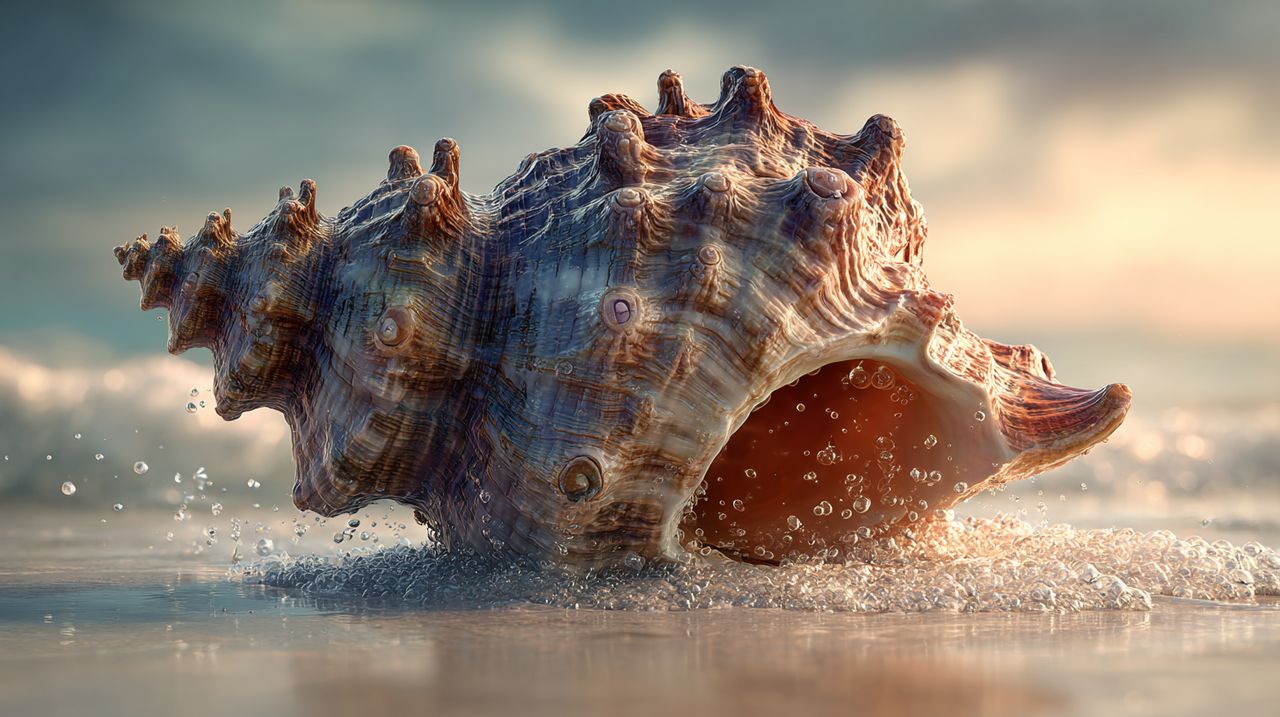
The beauty of a conch shell, often seen in conch shell artwork, inspires many jewelry designs, reflecting ancient wisdom and natural elegance. Incorporating such elements can add a profound layer to your personal style.
Embracing Your Unique Journey
The path of top ear piercings, like any journey into self-expression, offers a quiet opportunity to deepen your connection with your unique spirit. By understanding the varied forms, preparing with care, nurturing its healing, and choosing adornments that truly resonate with your inner landscape, you step confidently onto this path of gentle self-discovery. Remember, each piercing is a quiet commitment, much like tending to a sapling that asks for patience and gentle care. Choose with intention, allow its healing to unfold with diligence, and then, simply enjoy the subtle yet profound beauty that these adornments bring to your personal tapestry. It is a reflection of your own unfolding wisdom.
💡 Frequently Asked Questions
Ear piercings at the top refer to adornments placed on the auricle's highest points, specifically the delicate cartilage that crowns the ear. This includes upper cartilage placements and the conch area.
The conch is the large, cup-shaped area of the outer ear, which can be pierced in various spots, including the inner or outer conch. The inner conch area, resembling a seashell's curve, is a prominent choice for adornment.
Conch piercings are seen as an intention to carry natural wisdom, symbolizing purity, awakening, and the deep, silent rhythms of the universe, much like the conch shell itself. They encourage listening to one's inner echo and connect with nature's geometry and growth.
Ear piercings at the top enhance the ear's natural contours, creating a striking yet understated visual balance. They serve as a quiet affirmation of self, a reminder of our connection to the world, and promote a sense of personal harmony.


